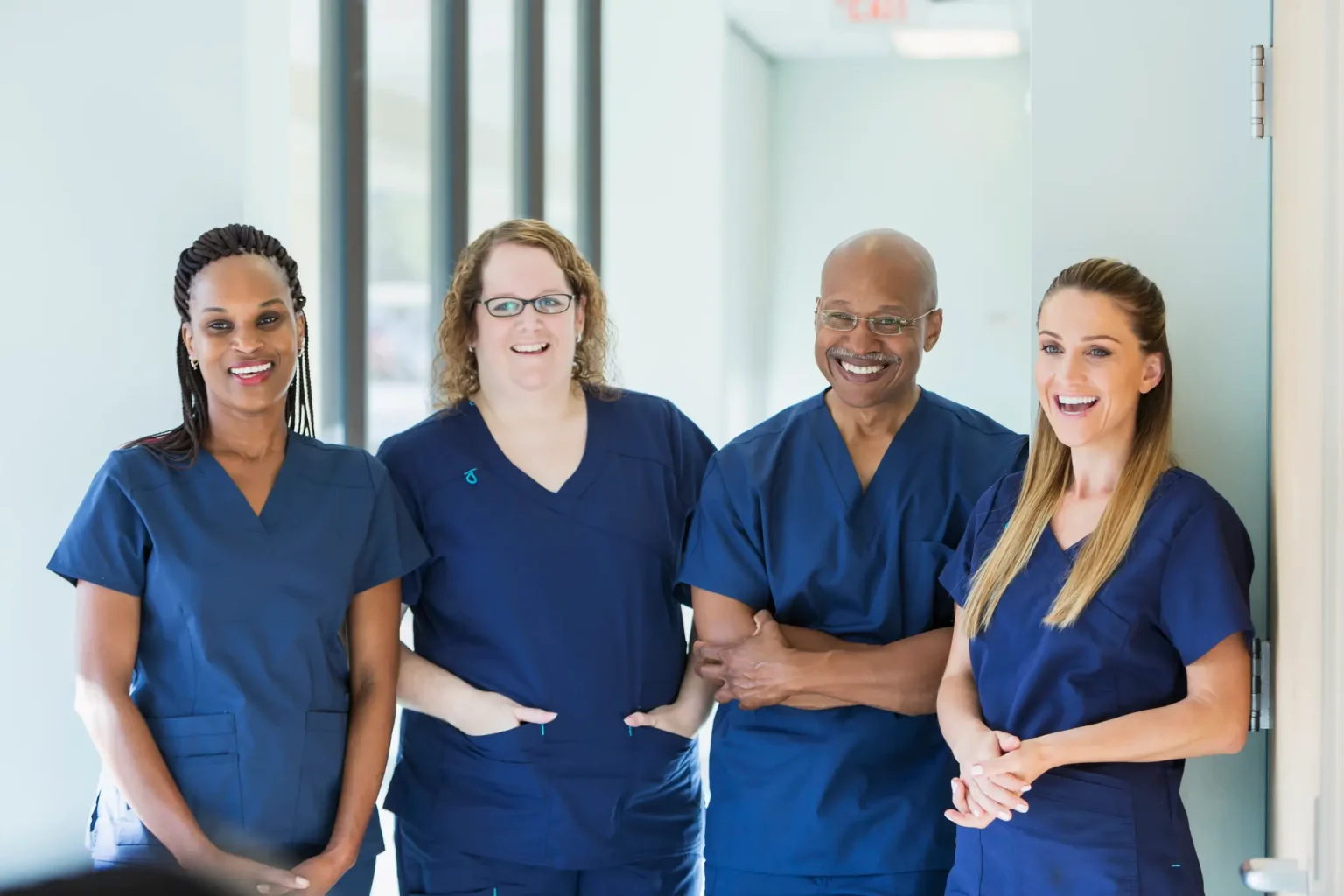
Program Path: Healthcare
Are you considering becoming a medical billing and coding specialist but want to know more about the profession? Careers in healthcare offer excellent stability, have great advancement potential, and provide […]
Program Path: Health and Wellness
Are you passionate about massage and want to manage a spa? Not sure if you need to get a degree to be a spa manager? There are many reasons to […]


Program Path: Healthcare
Are you interested in becoming a medical billing specialist? Administrative careers in the healthcare industry are challenging, rewarding, and stable. They provide you with the opportunity to maximize patient outcomes […]
Call Us Today or Complete The Form at the Top of The Page to Take the Next Step Toward Your New Career!

Gwinnett
Colleges & Institute
Gwinnett Colleges and Institute cannot guarantee employment or a minimum starting salary upon graduation; however, placement assistance is available upon successfully completing the selected program.
For state authorization and accreditation information, please refer to the location page associated with the campus you are interested in.
Disclosures and Catalogs
For Consumer Information, Disclosures, and Course Catalogs, please click the above link.
Sources and related content